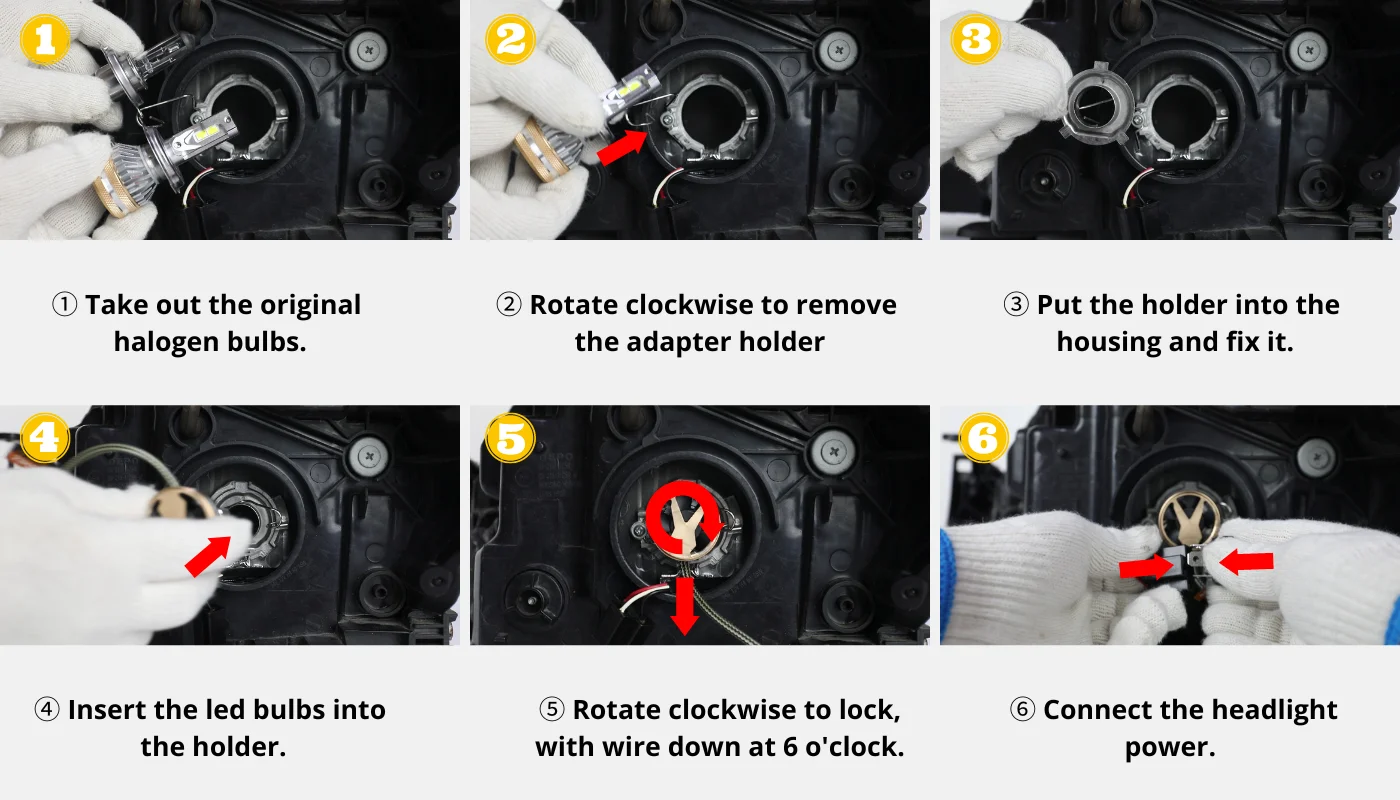Future of Car Design and Materials
In the future, we are sure to see some amazing new materials that will make our cars more efficient, durable, and fun. We’ll also have vehicles that are smarter and more connected than ever before. Learn about the technologies and materials that are shaping the future of car design in this article.
Connected vehicles
There are many factors to consider when talking about the future of car design and materials. One of the most important aspects to consider is connectivity. A vehicle’s connectivity capabilities can help improve its safety, efficiency, and mobility.
Vehicles can utilize dedicated short-range communications such as Wi-Fi to communicate with other vehicles, infrastructure, and the outside world. This technology is part of the Internet of Things, which enables everyday objects to communicate and receive data.
Connected cars can help reduce the number of collisions, improve operational efficiency, and decrease the severity of crashes. These technologies can also provide a real-time picture of the traffic conditions, identify road violations, and provide a host of other valuable services.
3D-printed cars
One of the more exciting developments in the automotive industry is 3D printing. This technology allows car companies to manufacture replacement parts on demand to reduce freight costs. In addition, it offers more reliable methods for producing durable components.
As cars become more advanced, they will also need to incorporate smart devices that can connect the vehicle to the rest of the world. These smart devices will also help ensure that the vehicle can offer a range of features.
For example, if a passenger needs to get into the car, he or she could send an email or watch a movie. Cars are already starting to use cloud-to-car mapping and driver behaviour systems.
Shape memory alloys
Shape memory alloys (SMAs) are metals that undergo a shape transformation when subjected to stimuli. In this process, the material “forgets” its low-temperature shape and restores its original shape when heated. The effect can be seen in a variety of industrial and technological applications.
One of the main uses for SMAs is in actuation. They can be used to create compact, lightweight solid-state actuators. Their advantages include: a lower cost, silent operation, and a more reliable performance.
Shape memory alloys have found widespread applications in the medical, aerospace, and transportation industries. The market for these materials is expected to grow to over nine billion dollars in 2022.
Carbon fibre-reinforced plastics
Carbon fibre-reinforced plastics are an important structural material in automobiles. The materials are extremely lightweight and offer high strength. Their use in automobiles is now beginning to expand.
CFRPs are gaining interest from automakers for their ability to reduce weight and increase fuel efficiency. They are also an alternative to conventional materials, which are expensive and difficult to manufacture.
These high-strength materials are now being used in aircraft structures, fuel cell vehicles, and other vehicles. In addition to their potential benefits, their cost is being reduced by advances in research and development.
While the cost of manufacturing carbon fibers is low, they require a considerable amount of labor. This is why they are mostly used in combination with other materials.
Plant-based alternatives to polyurethane foam
There are a variety of plant-based alternatives to polyurethane foam in car design. Compared to foam, they are healthier and produce fewer pollutants. They also use less petrochemicals. However, they do not eliminate all of the concerns about polyurethane. It is still wise to shop for low VOCs.
The use of polyurethane in car design has increased over the past twenty years. It is used for many products, including suspension bushings, bumpers, headliners, and seats. Polyurethane is also used as a thermal insulator in many homes.
When looking for a plant-based alternative to polyurethane foam, consider using soy or latex foams. These are both bio-based and have the least impact on the environment. Plant-based foams also have lower VOC emissions.
Computational materials science
Computational materials science is a field of science that involves modeling, simulation, and informatics. It aims to understand how materials behave and develop new materials that can be used in a variety of applications. This includes thin films, biomaterials, and composites.
The use of computers and computer algorithms plays a critical role in materials science. The goal is to learn about how a material’s properties and microstructure relate to its performance. In particular, understanding new materials requires a thorough knowledge of structural, electronic, and mechanical properties.
Computer-assisted methods provide a means of testing theories, conducting experiments, and assessing the impact of experiments on a system’s properties. These methods include atomistic, electronic structure, and Monte Carlo techniques.












